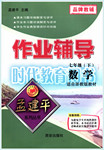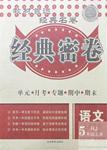题目内容
— Would you like to go mountain climbing this weekend?
— If you go, ________.
A.I go, too B.so will I C.neither will I D.so do I
练习册系列答案
 作业辅导系列答案
作业辅导系列答案 同步学典一课多练系列答案
同步学典一课多练系列答案 经典密卷系列答案
经典密卷系列答案
相关题目
题目内容
— Would you like to go mountain climbing this weekend?
— If you go, ________.
A.I go, too B.so will I C.neither will I D.so do I
 作业辅导系列答案
作业辅导系列答案 同步学典一课多练系列答案
同步学典一课多练系列答案 经典密卷系列答案
经典密卷系列答案